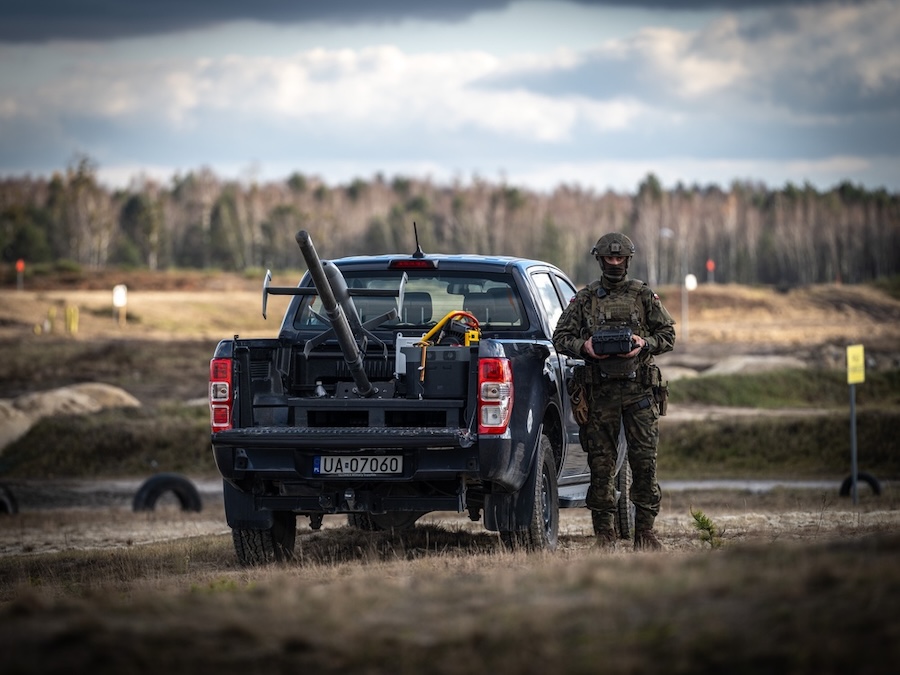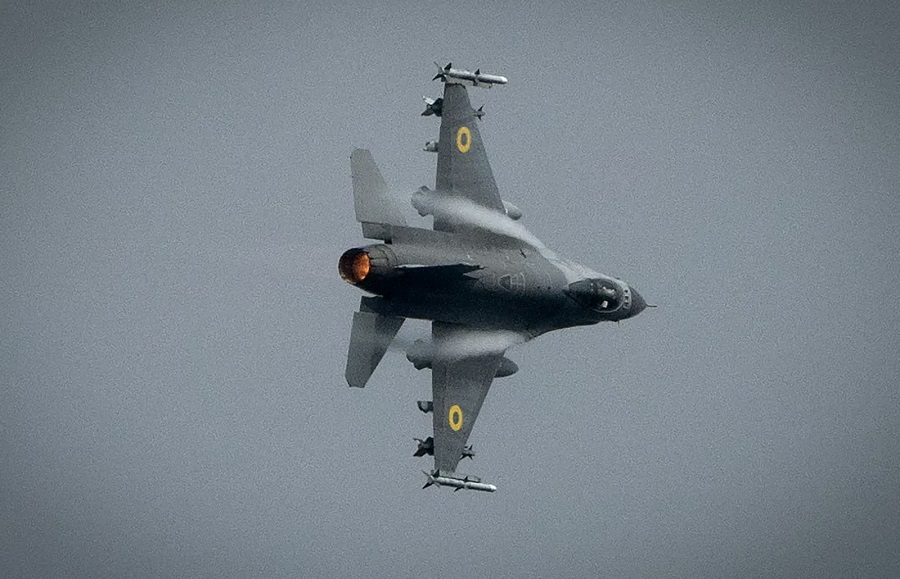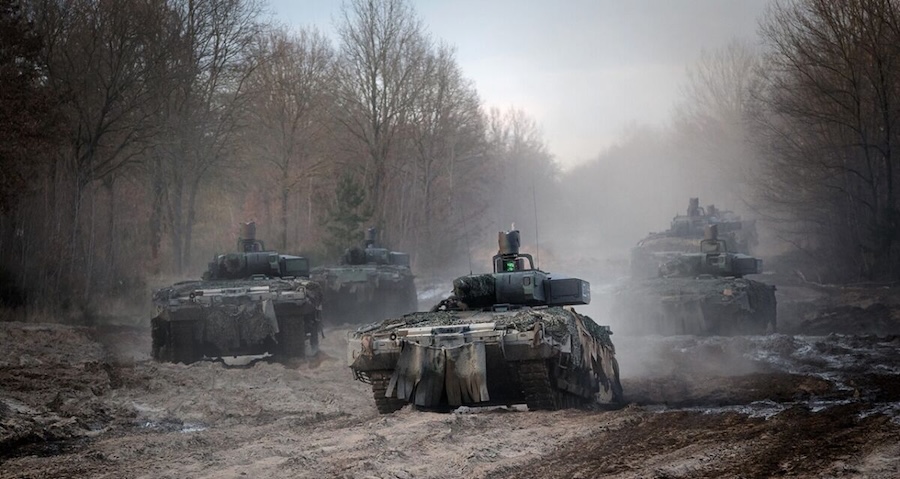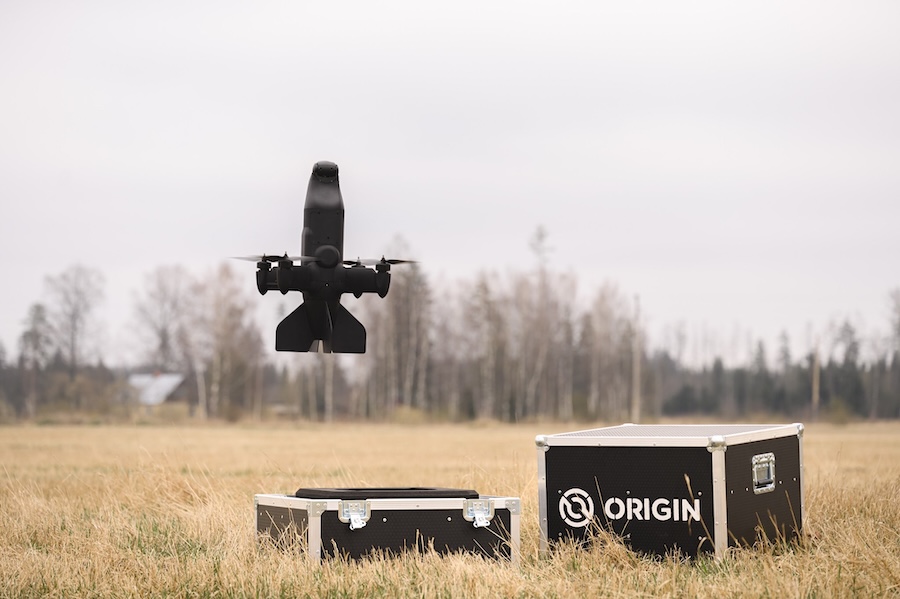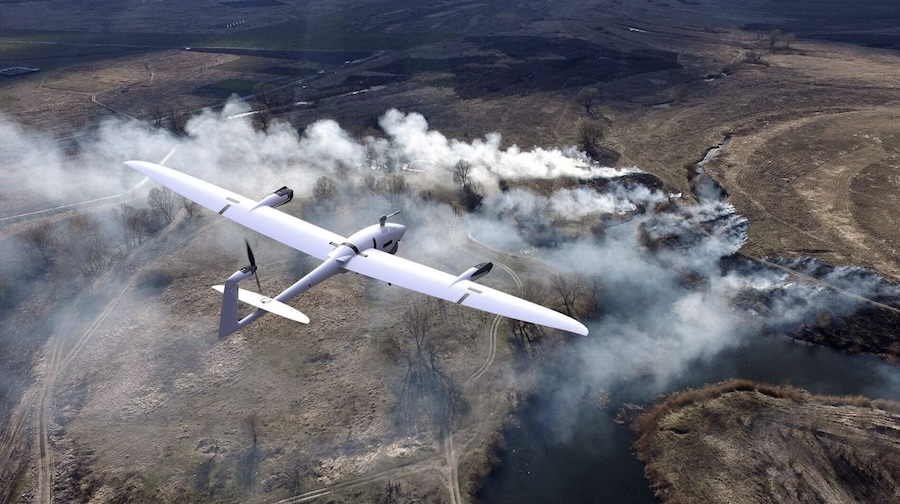Participants trained on a mobile system that uses radar, electro optical sensors and a small interceptor drone to detect, track and defeat hostile unmanned aircraft at short range. All major components fit on a light tactical vehicle or pickup truck, allowing a four person crew to move, emplace and reload the system within minutes.
During the demonstration, crews used a truck mounted launcher to fire interceptors against surrogate drones and recover them by parachute for reuse in training. “It’s very lethal, very effective, but the key piece here is that it’s cost effective,” said Brig. Gen. Curtis King, commanding general of the 10th Army Air and Missile Defense Command.
King said the same type of interceptor has already been used in combat in Ukraine against Russian unmanned systems. He added that the capability has been “highly effective and lethal against one way attack drones in Ukraine,” and is part of “the latest technology that’s being fought in Ukraine right now.”
Because the interceptor is designed as an expendable munition, the system gives commanders a means to engage low cost drones without using long range interceptors needed for higher tier threats. Combat use in Ukraine has provided real world performance data ahead of fielding the capability on NATO territory.
Polish and Romanian officers at the range said recent airspace violations and drone incidents over their territory have pushed efforts to introduce practical counter UAS options. They said these incidents underline the need for ready crews and dependable short range defensive tools.
The course followed a train the trainer model, with U.S. soldiers from 1st Battalion, 57th Air Defense Artillery Regiment working alongside Polish and Romanian counterparts. Classroom sessions, simulator work and live launches prepared graduates to lead national training teams.
Training and the demonstration in Nowa Dęba support NATO’s Operation Eastern Sentry and the Eastern Flank Deterrence Line. These initiatives aim to connect air and missile defence assets, aviation, sensors and fires into a layered defensive structure along the Alliance’s flank.
Short range counter UAS systems like the one exercised in Poland form the first line of defence against unmanned aircraft and help preserve advanced interceptors for more complex threats. By integrating this capability with allied training and planning, U.S., Polish and Romanian air defenders are strengthening readiness and reinforcing deterrence across NATO’s eastern flank.



